In this post, I'm going to walk you through the basics of sake—one of the key ingredients in Japanese cooking. There are so many types out there, so it’s good to know how to pick the right one for cooking.
Stick with me, and by the end, you’ll feel super confident in choosing the perfect sake for your kitchen!
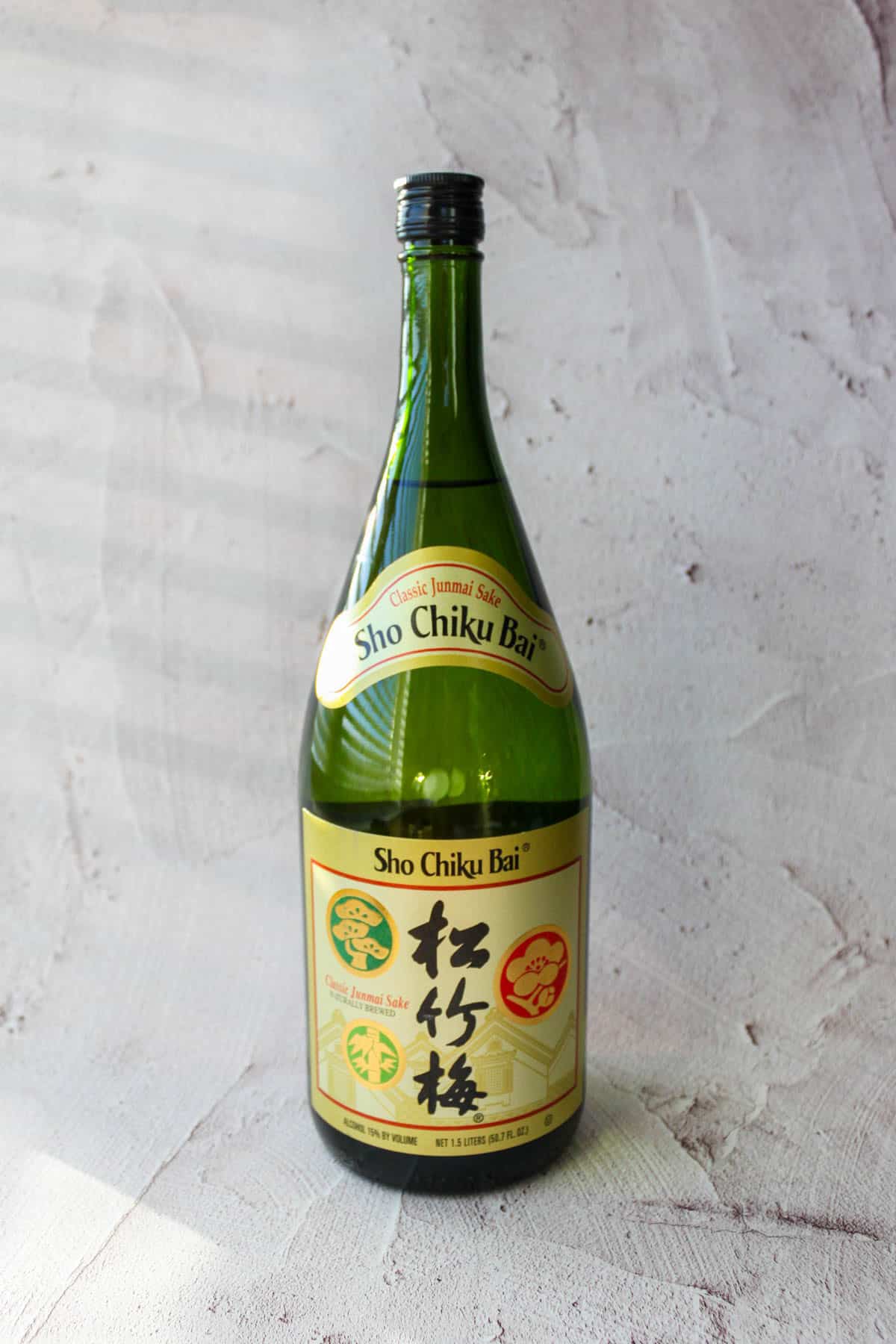
Jump to:
- What is Sake? What is Cooking Sake?
- What Types of Sake Should I Use for Cooking?
- Why Use Sake in Japanese Cooking?
- Are Sake and Mirin the Same?
- What Are Substitutes for Sake in Cooking?
- Does Sake Go Bad? How Should You Store It?
- Where to Buy Sake
- How to Use Sake in Cooking
- Frequently Asked Questions about Sake
- 📌Pin This Guide For Later!
What is Sake? What is Cooking Sake?
Sake (pronounced sah-keh), also called nihonshu (日本酒) or seishu (清酒) in Japan, is a traditional Japanese alcoholic drink made by fermenting rice with koji mold and yeast. It’s a key ingredient in many Japanese dishes and adds that signature umami flavor.
Now, cooking sake (ryorishu, 料理酒) is a little different. It’s specifically made for cooking, and while it’s similar to regular sake, it has added salt to make it undrinkable. This is what helps it avoid alcohol taxes, making it cheaper.
If a recipe calls for "sake," go for regular, drinkable sake, but cooking sake can work too.
Just a heads up: both types have around 13-15% alcohol, but it evaporates as it cooks.
What Types of Sake Should I Use for Cooking?

There are a few different types of sake you can use in cooking, but if you want a solid choice, I’d recommend going with junmai-shu (純米酒).
It's made only from rice and koji, which gives it a rich rice flavor that works really well in dishes. Plus, it's heat-resistant and can even be enjoyed warm, so it’s perfect for cooking!
Some great options include Gekkeikan, Sho Chiku Bai, or really any affordable junmai-shu you can find.
You could also use cooking sake, but just keep in mind that it has added salt, which could change the flavor of your dish. Plus, cooking sake doesn't bring the same depth of flavor as regular sake.
If you do go for cooking sake, I recommend looking for one with fewer additives, like Morita Premium Organic Cooking Sake, for a better flavor.
Why Use Sake in Japanese Cooking?
Sake is a key player in Japanese cooking because it does so much! It's used to:
- Bring out umami and enhance the flavors of the other ingredients
- Help get rid of any fishy or meaty smells
- Preserve the shape of your ingredients
- Aid in flavor absorption
- Soften the ingredients to make them more tender
You can think of sake kind of like how wine is used in Italian or French cooking. While the flavors are different, both serve the same purpose of enhancing and elevating the dish!
Are Sake and Mirin the Same?
Think of mirin as a sweeter version of sake, but they each have their own role in cooking.
Here’s a quick breakdown of what each one does:
- Sake: It helps soften ingredients and gets rid of any unwanted odors. Use it when you want your ingredients to be tender without adding sweetness.
- Mirin: It adds a nice touch of sweetness and gives dishes a beautiful, shiny finish. Use it when you want that sweet flavor without needing to soften anything.
So, when you use both together, you get the best of both worlds:
- Softened ingredients (thanks to the sake).
- Sweetness (thanks to the mirin).
- A shiny finish (also from the mirin).
It's a great combo to keep in your kitchen! 🙂
💡If you want to dive deeper, check out my Complete Beginner's Guide to Mirin.
What Are Substitutes for Sake in Cooking?
Can't find sake for your recipe? No worries! You can try these substitutes instead:
- Cooking sake: It’s the closest option, though it does have added salt, so it might alter the flavor a bit.
- Shochu: A Japanese spirit that can give you a similar effect, but it’s stronger, so use sparingly.
- Dry white wine: Something like dry sherry works well as a substitute for sake, though the flavor will be a bit different.
Just remember, these substitutes might not give you the same depth of flavor as sake, so you may need to adjust the seasoning to balance it out.
Does Sake Go Bad? How Should You Store It?
Sake is a bit like wine—it can lose its flavor over time if exposed to oxygen, heat, and light.
To keep it tasting its best, store it in a cool, dark place, and try to use it within six months after opening. Always check the label, too, as some bottles might have their own storage tips.
Where to Buy Sake
You can easily find sake at Asian grocery stores that carry alcohol, liquor stores, or even on the brand's official website.
For cooking sake, you'll usually find it online or in most Asian grocery stores, often right next to other Japanese condiments like soy sauce and mirin.
How to Use Sake in Cooking
You can use sake just like you would any other alcohol in cooking to enhance flavors!
Here are a few recipes where sake really shines. Give them a try and see how sake adds that extra layer of depth to your dishes!
Frequently Asked Questions about Sake
Nope, cooking sake isn’t for drinking—it contains about 2-3% salt, which makes it taste pretty much like seawater. Regular sake, though, doesn't have any added salt and is definitely drinkable.
The alcohol in sake pretty much cooks off after 1-3 minutes of heating, so it’s safe for kids!
But, if you're using sake in a dish that doesn't require cooking—like in salads—it's best to heat it first to get rid of the alcohol.
I hope this clears things up!
If you're looking to dive deeper into Japanese cooking, check out these articles:
- A Step-by-Step Guide to Japanese Cooking for Beginners
- Essential Condiments to Get Started with Japanese Cooking
Happy cooking! 🙂
📌Pin This Guide For Later!
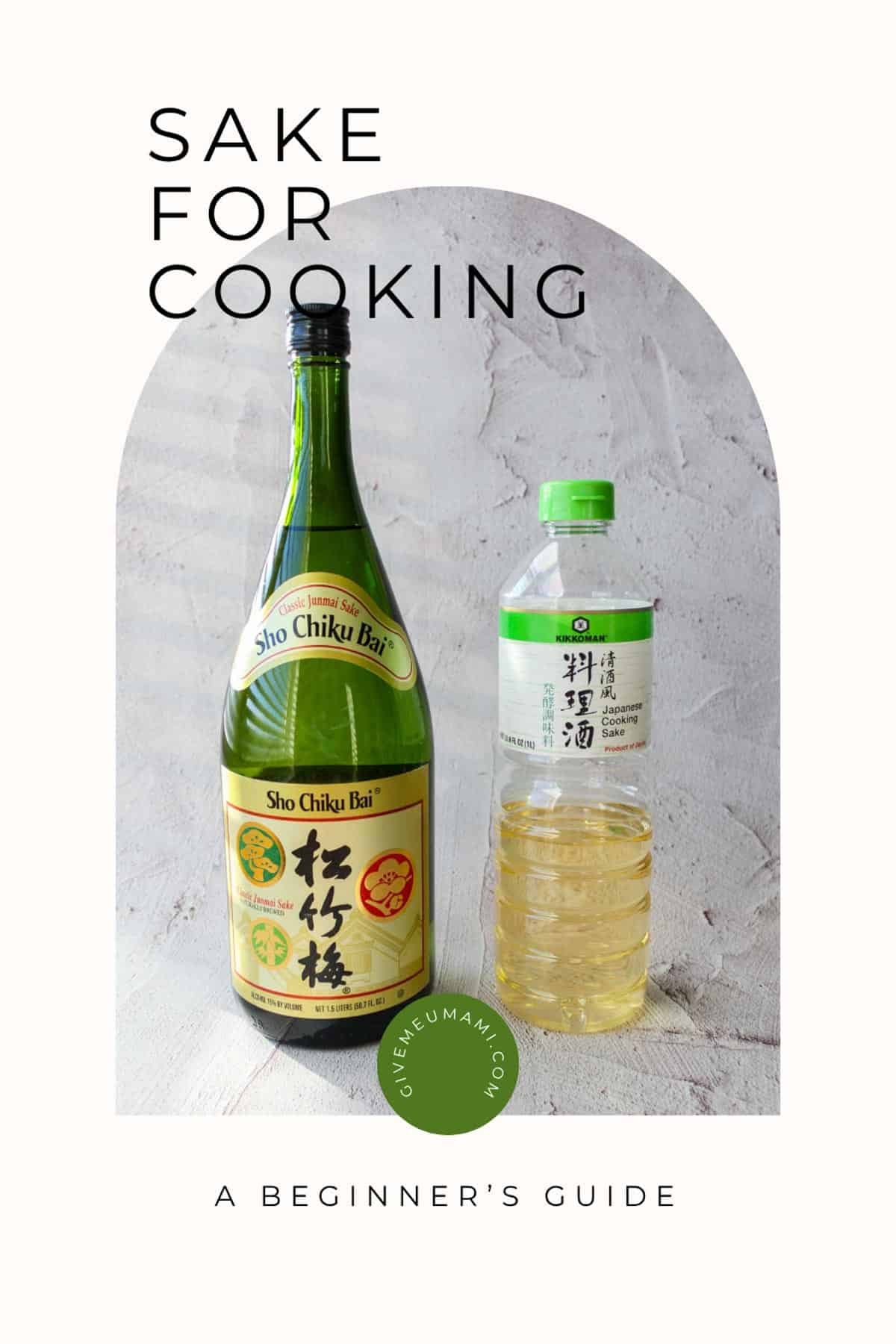

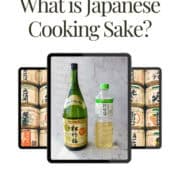
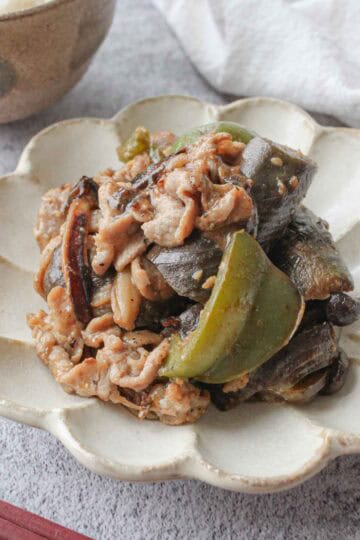
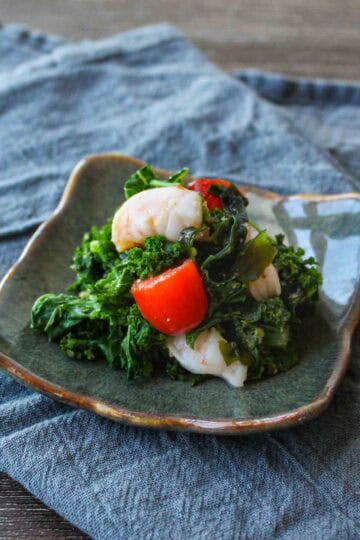
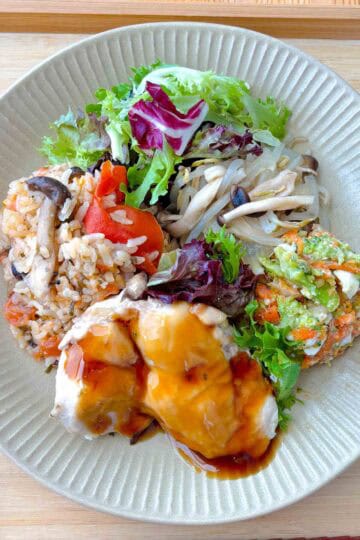
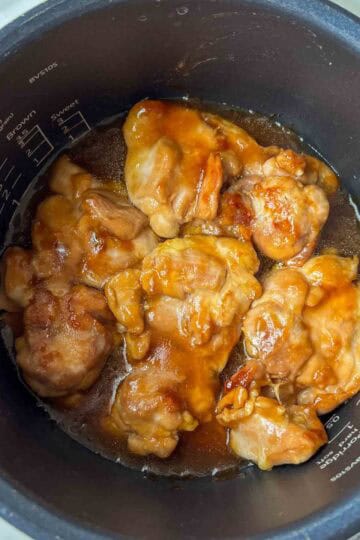
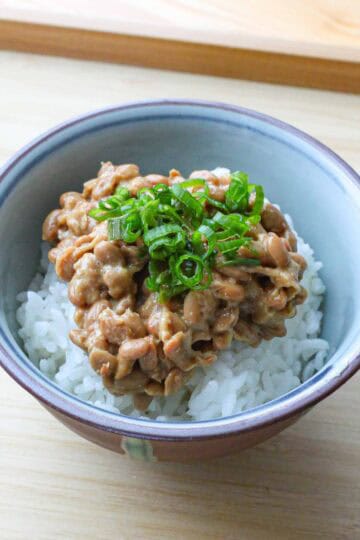
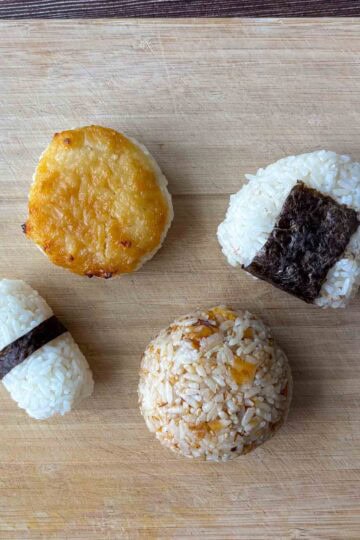
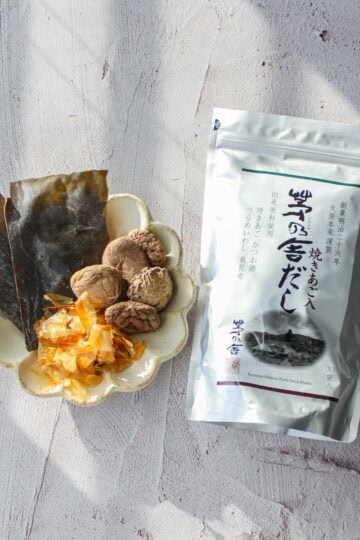
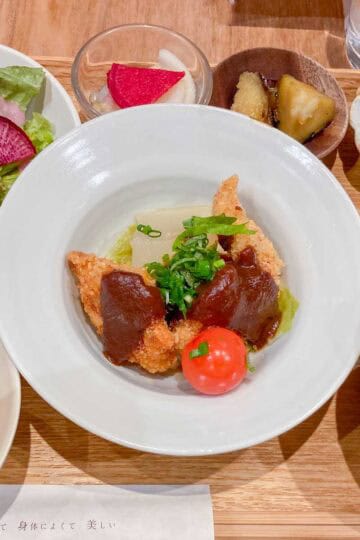
Comments
No Comments